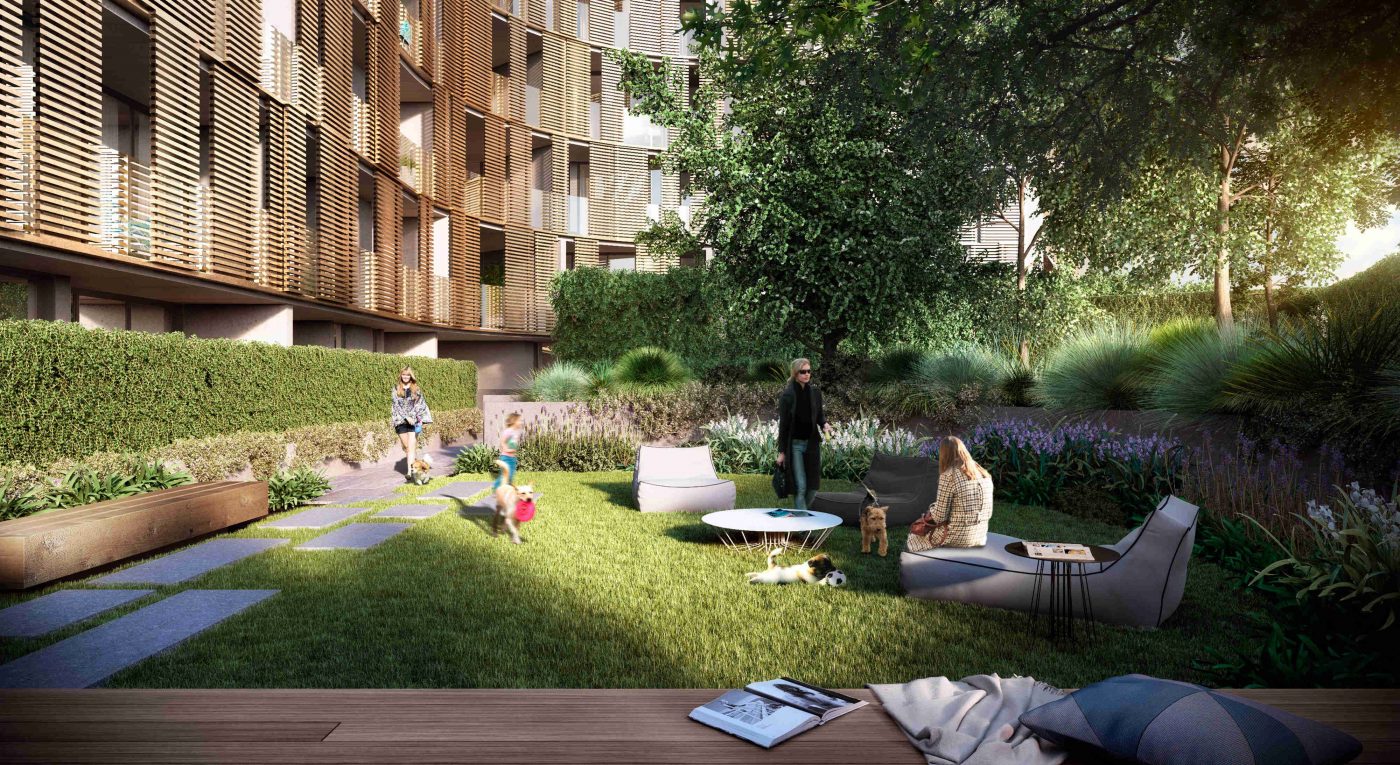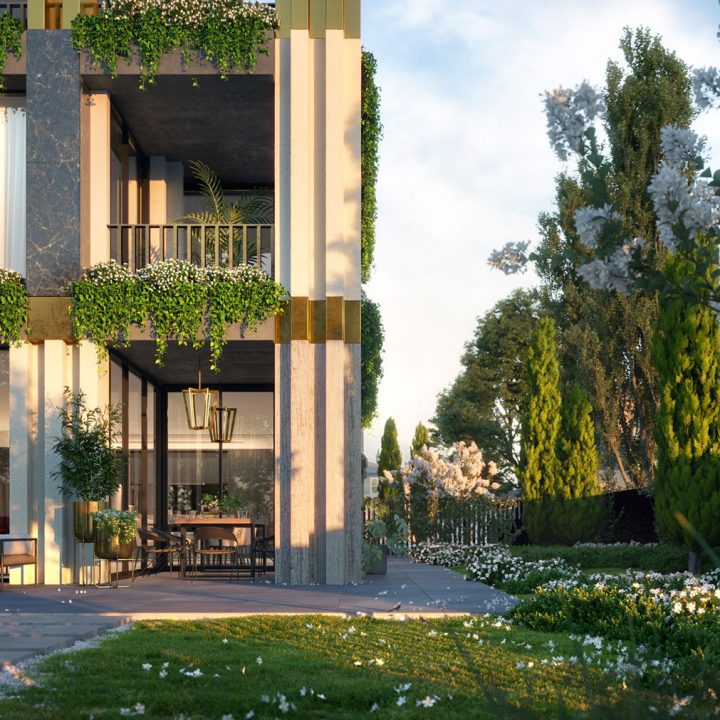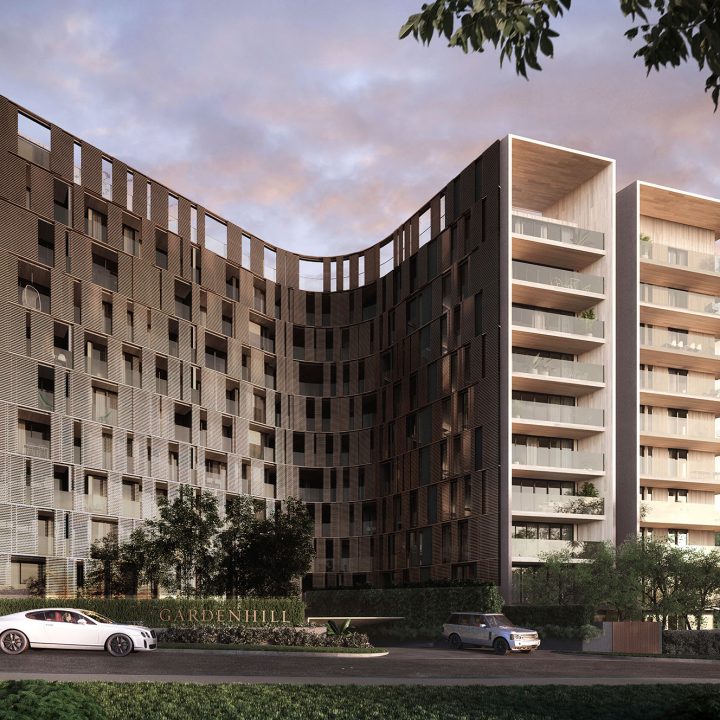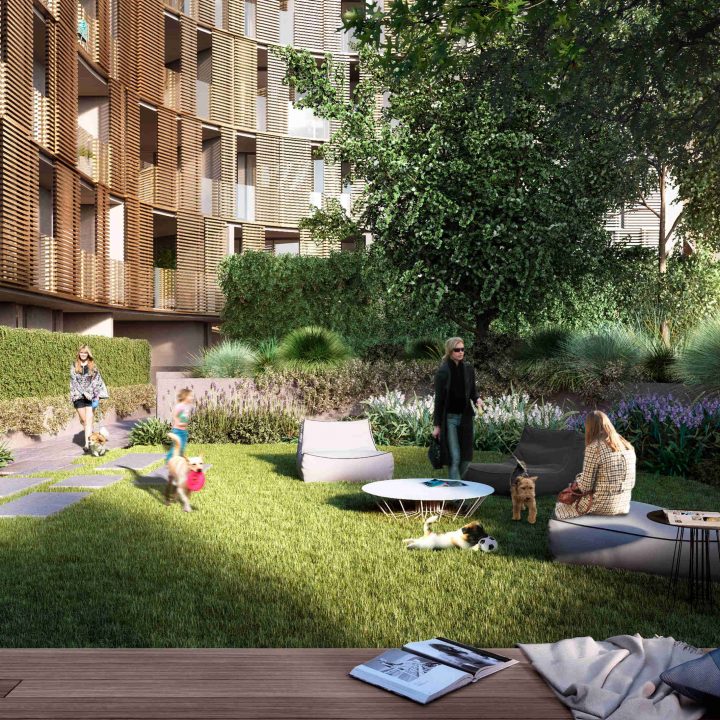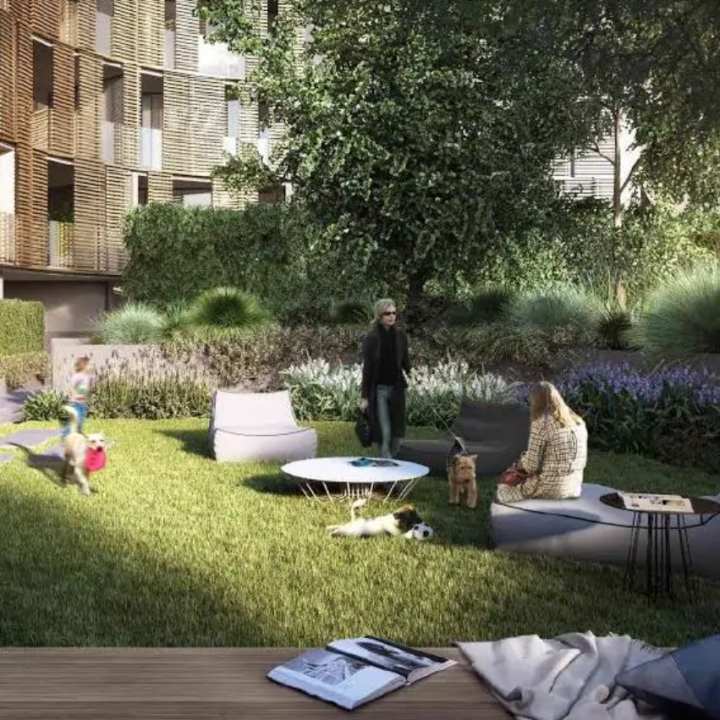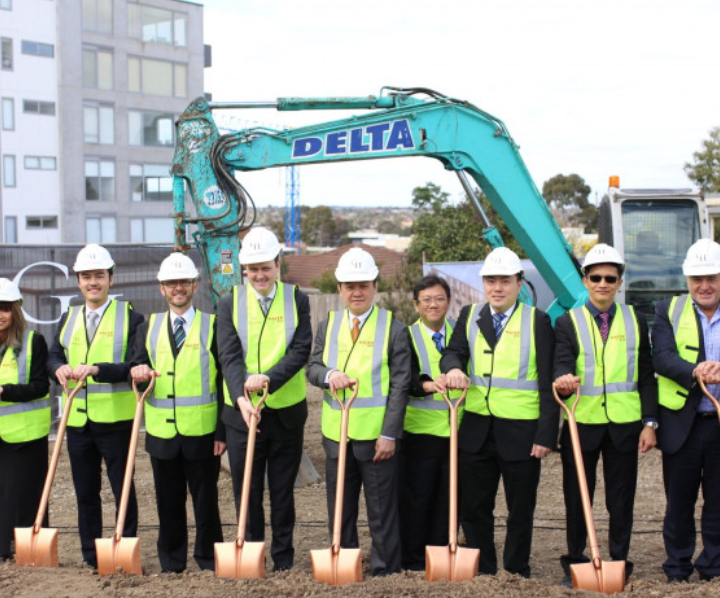Even socially, dogs can act as “social lubricants”, helping strengthen existing relationships and even create new networks. In a 2000 study published in the British Journal of Psychology, researchers concluded that being accompanied by a dog substantially increases human social interactions.
Over ten days, the researchers observed an individual performing their daily routine. On five of these days, a dog trained not to solicit attention accompanied the individual. At the end of the observation, the researchers found that the dog tripled the number of interactions. Surprisingly, strangers were twenty times more likely to interact with the individual when accompanied by the dog.
While having a dog can keep us healthy and happy, are we and our urban environment doing enough to keep them healthy and happy?
In a 2019 national online survey conducted by Animal Medicine Australia, almost 60% of Australian households own a pet, of which 40% of these households are dog-owners. This statistic represents an estimated total of 5.1 million dogs in Australia. This statistic has also remained constant over the past years, despite more households moving into high-rise apartments.
Yet, when it comes to creating parkland spaces for our furry four-legged friends, they often are an afterthought.
In Australia, a study revealed that the city councils plan the already scarce parklands according to the needs of the human community. The council then addressed activity conflicts between the two parkland users, humans and dogs. Examples of such activity conflicts are cycling and playing sports, which require uninterrupted spaces. Finally, with the remaining areas, physical infrastructure such as fences is used to restrict the off-leash areas for dogs. A startling insight the researchers pointed out is that these “dog parks” were created for dog owners and not necessarily their dogs.
For all the benefits a dog can give us, perhaps it’s time that our cities create dog parks specifically for dogs?
